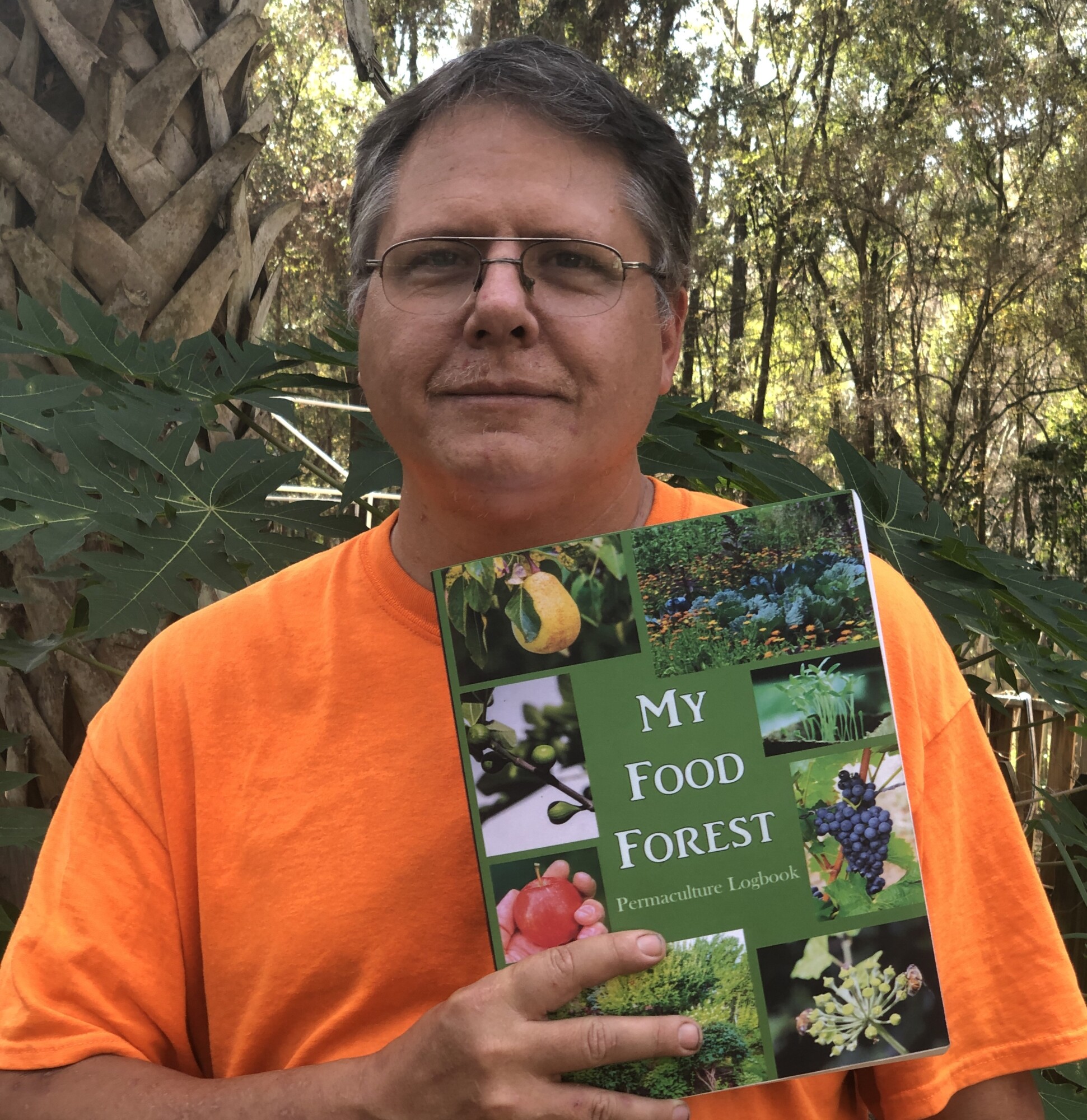As the first day of October unfolds, there's a noticeable shift in the air, signaling the transition from the sweltering summer to the more temperate fall season in Florida's Planting Zone 9. This change in weather beckons gardeners to adapt their practices to continue fostering a thriving garden ecosystem. Through a blend of observation, soil care, water conservation, and community engagement among other practices, here is some information to use as a guide on how to harmoniously align our gardening endeavors with the natural ebb and flow of Zone 9’s unique environment.
Any reference to medicinal or culinary use of plants or plant parts should in no way be considered an endorsement by The Ocala Food Forest or its staff. Research is crucial in safe and proper consumption or experimentational use of any plant.
Hamelia Patens, also known as firebush, is a stunning plant that adds color and beauty to any landscape. This evergreen shrub belongs to the family of Rubiaceae and is native to the tropical regions of Central and South America. However, it is also commonly grown in the southern parts of the United States, particularly in Florida, where it is used as an ornamental plant. Hamelia Patens is popular for its brilliant red-orange flowers that bloom all year round and attract hummingbirds, butterflies, and other pollinators.
Any reference to medicinal or culinary use of plants or plant parts should in no way be considered an endorsement by The Ocala Food Forest or its staff. Research is crucial in safe and proper consumption or experimentational use of any plant.
Salvia Elegans, commonly known as pineapple sage, is a beautiful and fragrant plant that can add a pop of color and texture to any garden. This herbaceous perennial plant belongs to the mint family, Lamiaceae, and is native to Mexico and Guatemala. The plant is named after its distinctive pineapple scent and flavor, which makes it a popular addition to many culinary dishes.
Any reference to medicinal or culinary use of plants or plant parts should in no way be considered an endorsement by The Ocala Food Forest or its staff. Research is crucial in safe and proper consumption or experimentational use of any plant.
Tulbaghia Violacea, also known as society garlic or wild garlic, is a beautiful flowering plant that belongs to the Amaryllidaceae family. This plant is native to southern Africa and has become popular in gardens worldwide due to its striking purple-pink flowers, attractive foliage, and ease of care.
Here's what you need to know about growing and caring for Tulbaghia Violacea:
Read more...Any reference to medicinal or culinary use of plants or plant parts should in no way be considered an endorsement by The Ocala Food Forest or its staff. Research is crucial in safe and proper consumption or experimentational use of any plant.
The Agastache Foeniculum plant is a member of the Lamiaceae family and is also known as anise hyssop. This hardy perennial herb has been used in gardens and landscapes for many years due to its attractive blue-green foliage and showy purple flowers. Let's take a closer look at this beautiful plant, including its characteristics, uses, and care instructions.
Read more...







